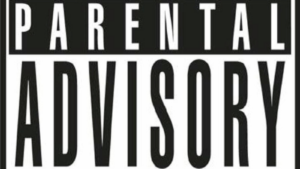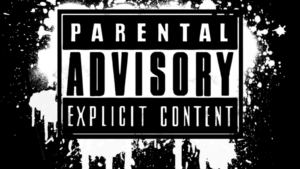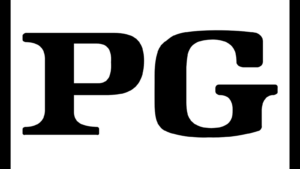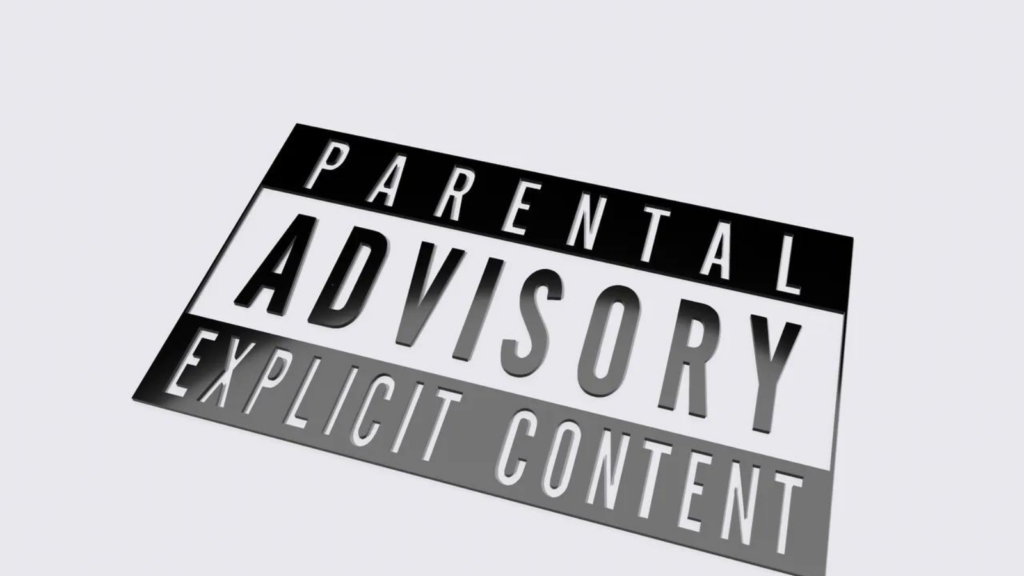In the bustling world of media, it’s easy to overlook small symbols. Yet, one tiny emblem carries significant weight – the parental guidance logo. This seemingly insignificant icon serves as a beacon for parents navigating the vast sea of content, guiding them toward age-appropriate material for their young ones.
The parental guidance logo isn’t just a symbol; it’s a tool, a resource, and a statement. It’s a testament to society’s commitment to safeguarding young minds from potentially harmful content. This article will delve into the origin, purpose, and significance of this crucial emblem. It’s time to unravel the story behind the logo that has become a silent guardian in our media-driven world.
Parental Guidance Logo
 The Parental Guidance logo, a subtle yet powerful tool in the media landscape, carries within it the responsibility of guarding young audience members against inappropriate content. This section digs deeper into the origins and the motive behind its inception.
The Parental Guidance logo, a subtle yet powerful tool in the media landscape, carries within it the responsibility of guarding young audience members against inappropriate content. This section digs deeper into the origins and the motive behind its inception.
The Parental Guidance (PG) logo traces its roots back to 1968, when the Motion Picture Association of America (MPAA) felt the need for a rating system. This system, since then, evolves continuously to accommodate societal changes and shifts in viewer sensitivity to certain themes and images. A perfect example of its evolution is the introduction of the PG-13 rating in 1984, a response to parents’ concerns regarding the violence in certain PG-rated films.
Parental Guidance Logo Explained
Diving deeper into the nature of the Parental Guidance logo, it bears certain attributes, such as specific colors and symbols, that mark its identity. Moreover, it rests on a well-structured rating system that further amplifies its efficacy and purpose.
Colors and Symbols of the Parental Guidance Logo
 The Parental Guidance logo exhibits a palette of black, blue and white. Black signifies authority and protection, anchoring the logo’s purpose to guide and shield. Blue, on the other hand, symbolizes trust and peace, denoting the intended balance in media consumption. White promotes clarity, aligning with the logo’s objective to offer lucid categorization of content based on age. As for symbols, ‘PG’ catches the eye, outlining the essence of parental guidance in the burgeoning media cosmos.
The Parental Guidance logo exhibits a palette of black, blue and white. Black signifies authority and protection, anchoring the logo’s purpose to guide and shield. Blue, on the other hand, symbolizes trust and peace, denoting the intended balance in media consumption. White promotes clarity, aligning with the logo’s objective to offer lucid categorization of content based on age. As for symbols, ‘PG’ catches the eye, outlining the essence of parental guidance in the burgeoning media cosmos.
Existence of a well-defined rating system underpins the Parental Guidance logo. Constituting categories such as ‘G’ for General Audiences, ‘PG’ for Parental Guidance Suggested, ‘PG-13’ for Parents Strongly Cautioned, ‘R’ for Restricted, and ‘NC-17’ for Adults only, this system educates on varied content suitability, assisting in prudent media selection. It’s through this systematic division that media content becomes decipherable in terms of its appropriateness for diverse age groups.
How the Parental Guidance Logo Works in Different Media
Parental Guidance Logo in Movies
In movies, the Parental Guidance logo serves to inform audiences about the content’s suitability for different age groups. For example, movies rated ‘G’ are deemed suitable for viewers of all ages, while ‘PG’ signifies that some material may require parents’ discretion. A ‘PG-13’ rating suggests that parents are strongly urged to exercise “parental guidance,” as the movie may contain material inappropriate for children under 13. The ‘R’ category indicates restriction to viewers over 17 or 18, and ‘NC-17’ means the movie is strictly for adults only.
Parental Guidance Logo in Video Games
 Just as in movies, the Parental Guidance logo is vital in the video gaming industry. The Entertainment Software Rating Board (ESRB) adopts a similar approach to the film industry, issuing ratings that alert parents to the nature of content and its suitability for certain age groups. The ESRB’s rating categories include ‘E’ for Everyone, ‘E10+’ for Everyone 10 and older, ‘T’ for Teen, ‘M’ for Mature, and ‘A’ for Adults only.
Just as in movies, the Parental Guidance logo is vital in the video gaming industry. The Entertainment Software Rating Board (ESRB) adopts a similar approach to the film industry, issuing ratings that alert parents to the nature of content and its suitability for certain age groups. The ESRB’s rating categories include ‘E’ for Everyone, ‘E10+’ for Everyone 10 and older, ‘T’ for Teen, ‘M’ for Mature, and ‘A’ for Adults only.
More Than Just a Symbol
The Parental Guidance logo’s significance can’t be overstated. It’s been a beacon for parents, helping them navigate the vast media landscape since 1968. Its evolution, from the introduction of the PG-13 rating to its color symbolism, reflects societal changes and the need for content suitability. It’s a tool that goes beyond age restrictions, guiding diverse audiences towards informed media choices.



